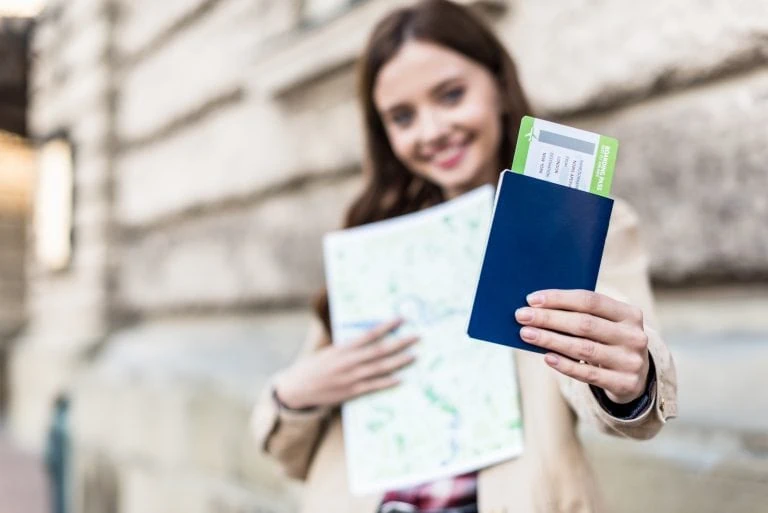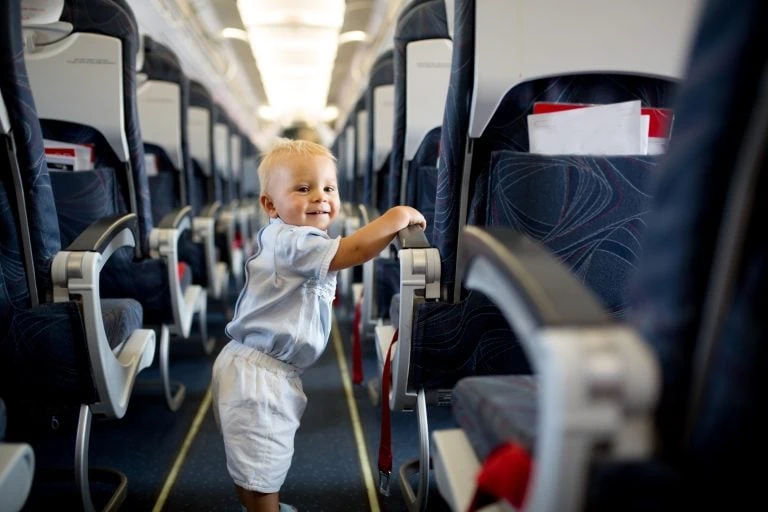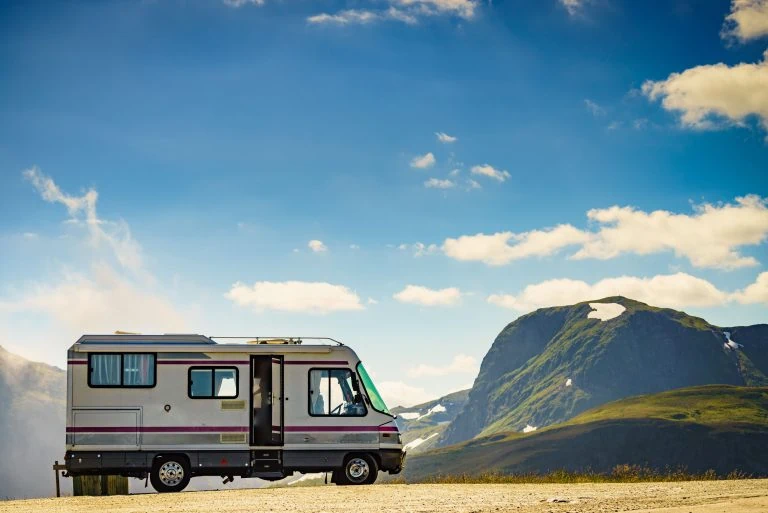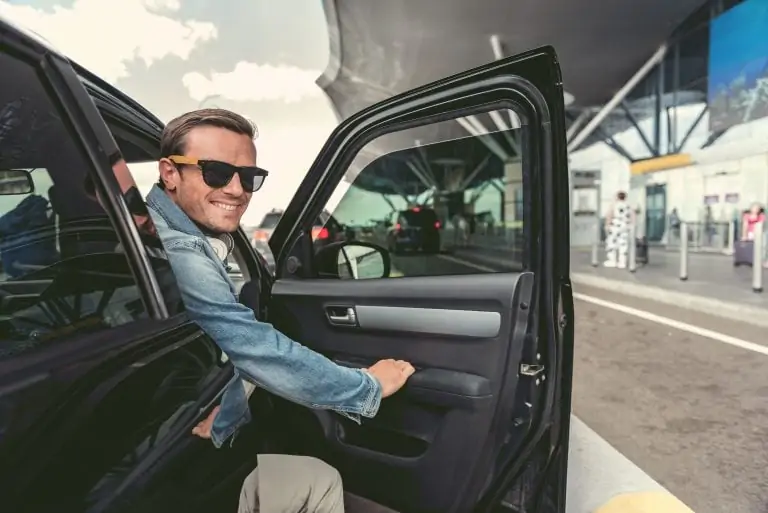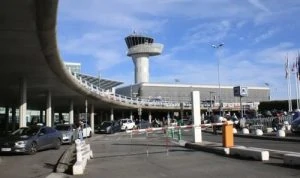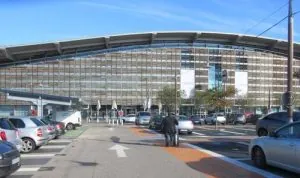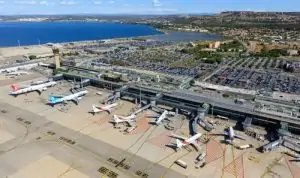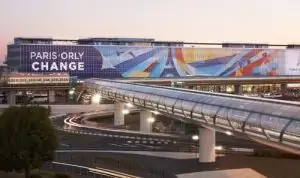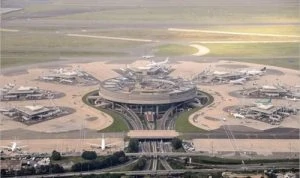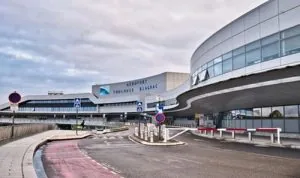You're bound to have wondered why people clap when planes land, how pilots and stewards sleep on long-haul flights, or whether planes fly alone in autopilot mode. AdopteUnParking takes you behind the scenes of aircraft and their crews.
The secrets of the cockpit
Have you ever seen an aircraft cockpit? This room is also known as the cockpit. It's thanks to this small space filled with buttons, screens and joysticks of all kinds that the plane can take off. From floor to ceiling! If you've never seen one, we guarantee it's impressive. There are two important members of the crew: the pilot and co-pilot.
What is the purpose of a co-pilot?
As you already know, in the cockpit we find the pilot and his faithful sidekick, the co-pilot. There are always at least two of them in this confined space. But make no mistake, the a co-pilot is just as qualified as a pilot to steer a plane. It's important to remember that a co-pilot is in no way an apprentice; he has the same responsibilities and duties as a pilot. He manages as many take-offs and landings as his colleague. He also takes part in the decisions made during a flight. However, it is the pilot who is officially in charge of a flight. Since he's officially in charge, he's the one with the responsibilities. More responsibility also means a bigger salary.
A co-pilot does not become a pilot by gaining skills or experience. A co-pilot simply becomes a pilot when his seniority allows it. Seniority in the aviation world is relatively complicated. It often happens that a pilot becomes a senior co-pilot because he will have better advantages (higher salary, choice of schedule and destinations, etc.) than a junior pilot. So it's easy to see in the cockpit of your next flight that your pilot is younger than his co-pilot.
What happens if one of the drivers falls ill?
You can never be sure that one of the pilots in your aircraft will fall ill. And if you're really unlucky, your two pilots are unable to steer your plane... In that case, what happens? If there's a third pilot in the plane, he'll be the one to take control, but if there are only two pilots, the crew will try to see if any of the other pilots are ill. passengers have flying experience. Unfortunately, apart from the pilots, none of the other crew members have learned to fly an aircraft or communicate with air traffic controllers. It will therefore be necessary to land at the nearest airport.
Rest assured, it is extremely rare for your two drivers to fall ill at the same time. The pilots have a whole stratagem to prevent this from happening. They always order different dishes, and some even bring their own meals.
Does the autopilot do all the work?
Make no mistake, planes don't fly themselves! Contrary to popular belief, piloting an aeroplane requires a great deal of experience. real know-how that only human hands can do. When flying a plane, a number of things are put in place by the crew members. It's no longer the case that the pilots steer the plane with their hands constantly on the control column as in the films, but practically the entire aircraft is controlled by their actions in one way or another. So even the autopilot is controlled by what the pilots tell it to do. L'plane works by automation. Automation is the use of systems and software to carry out tasks that no longer need to be done by human hands. In other words, to land a plane, for example, pilots will have to press and engage various buttons and levers for the aircraft to land safely. It is therefore impossible for an aircraft to land without the intervention of the pilots, who have to tell the aircraft how to do things. Even when the autopilot is activated, the pilots have to tell the aircraft how to fly, at what altitude, at what speed, when to do it and much more.
In reality, today's pilots have just as much, if not more, to do in the cockpit than they used to. Pilots fly a lot differently than they did a few years ago. years but it would be wrong to say that they have less to do and that their work is less important.
The secrets of the cabin
We now know what goes on in the cockpit, but there are many urban legends about the cabin, the place where all the people in the cockpit meet. passengers where a large part of the flight is based, the stewards (flight hosts and hostesses). AdopteUnParking demystifies all this for you.
Why do passengers applaud?
To tell you the truth, nobody really knows. This phenomenon is becoming rarer and rarer, but it was common practice to applaud when landing in the late 70s and early 80s. From time to time, we still hear this applause in economy class. The phenomenon is more conducive because passengers are closer together and the occasion lends itself more easily. You could say that it's a way of thank the members of the crew for their work, especially on a long-haul flight where we're all together for hours on end in a rather small, more intimate space. It is possible that this applause is also the sign of a simple "thank you". relief after flying and landing safely. What do you think? Are you one of those who applaud?
Is there a secret code between the crew members?
In fact, all airlines have their own language for a specific type of service. communication between pilots (in the cockpit) and stewards (in the cabin). This communication takes the form of a sound system. The public address system is the audio system that allows sound to be broadcast as announcements. So if the stewards need to indicate an emergency to the pilots, they can do so via this system using "secret terms" or special call options. This "secret" discussion system is all the more useful in the event of an emergency such as a hijacking.
A former pilot interviewed on this subject points out that there is not really a "secret code" as such, but a language used in public, the terms of which might not be understood by passengers. One example is the term "cross-checked", which means that a steward has completed his task and that his colleague has checked him.
What happens in a medical emergency?
No one is immune from a medical emergency, and it can happen at an unexpected and rather incongruous moment, such as during a flight at an altitude of over 9,000 metres. Whatever the reason, crew members need to know how to react as quickly as possible. The first step is simply to provide first aidand then check with the passengers to see if any of them would be doctor or work in medicine and could help. Aircraft are generally equipped with defibrillators. In an emergency, pilots may be required to land at the nearest airport so that emergency services can take over.
The secrets of the plane
Now that we know the little secrets of the crew, what about the plane itself? Are there any secrets hidden from us, the passengers?
Is there a secret room?
The answer is yes! There is a secret room in most aircraft, and this room is a dormitory. This dormitory is used by crew members on very long flights. It's important for everyone's safety, whether passengers or crew, that every member of the crew is well rested and, above all, alert for every minute of the flight. To do this, they can rest in a dormitory where each bed has a curtain for added privacy, but also a belt that they must fasten while they sleep to ensure their safety. It's highly unlikely that you'll ever see this room, but you should know that if you're on a long-haul flight, it's more than likely that your steward or one of your pilots is taking a nap above your head or below your feet.
Take-off and landing: why open windows?
If your windows have to remain open when your aircraft takes off and lands, it's not just to enjoy the view, but also for safety reasons. security. Just as tray tables and seats must be raised, stewards will ask you to open your windows when you take off or land. These requests are simple precautions that could save your life. If something were to happen and you had to evacuate the aircraft in a hurry, the unobstructed view through the open windows will allow the crew to know which way is best to evacuate everyone. The raised seats and tray tables will help you get out of your seat more quickly. Everything has been thought out for your safety. The aircraft staff have 90 seconds or 1m30s to evacuate the aircraft. It is therefore preferable that everything be done to ensure that passengers exit the aircraft quickly.
Should I worry if the wings move?
No, on the contrary. What would be worrying is not to see the plane's wings move. If this were the case, during turbulence, the wings could be destroyed. So don't panic, this is completely normal that when turbulence is encountered, the wings of your aircraft move. Modern aircraft have been built so that the wings are strong enough to easily withstand turbulence. One pilot explains that the biggest danger during turbulence is not the risk of the aircraft being damaged, in his opinion, the most dangerous thing is for a passenger to get hurt because of turbulence and not wearing a seatbelt. That's why we recommend that you wear your seatbelt throughout the flight.
Now that you know all about planes and their crews, you can take your flight without fear. And to take the plane even more serenely, don't forget to book your car park or valet parking near your airport. We have super car parks on the outskirts of Toulouse airport to name but a few.

